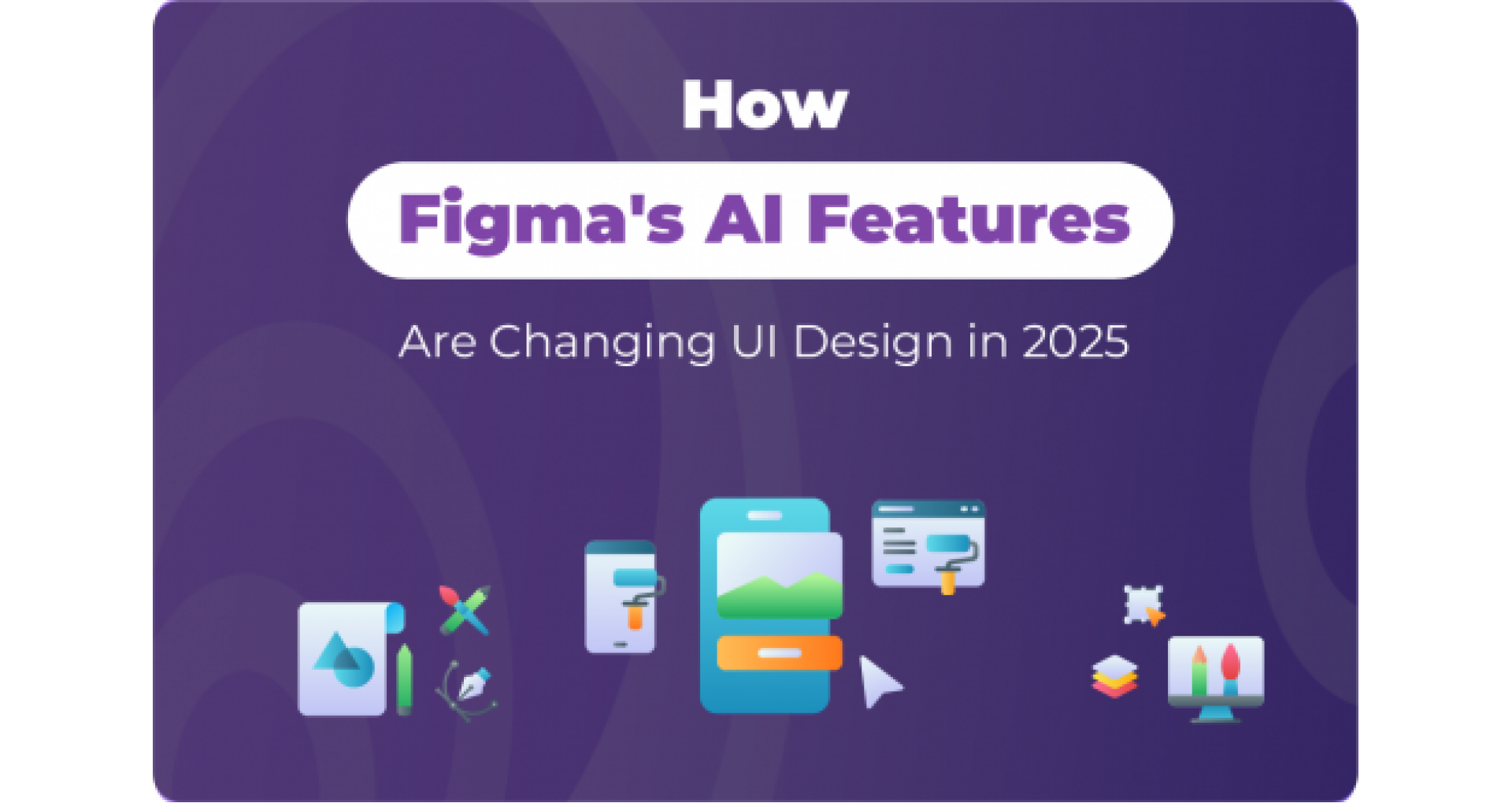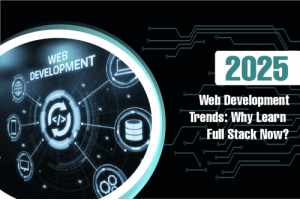
How Figma's AI features are changing UI design in 2025
Figma has always led in collaborative design. In 2025, it changed direction. It moved from a strong UI/UX platform to an AI-powered Figma design assistant.
Figma has released new AI features. These tools are not just making workflows easier. They are changing how designers think, improve, and create.
In this blog post, we will look at how Figma's AI features are changing UI design in 2025. We will discuss the main tools driving this change and why every designer should pay attention.
The Rise of AI-Powered Design Tools in Figma
Figma's integration of artificial intelligence is no longer limited to auto-layout or plugin scripts. In 2025, AI generates smart suggestions, provides real-time feedback loops, and enables intent-driven prototyping. Here's what's new:
1. AI-Powered Design Generation
Figma’s generative AI can now create full UI mockups from just a text prompt. Type “Create a modern login screen for a mobile banking app.” In seconds, Figma makes a full design. It matches your brand colors, fonts, and design system.
SEO Keyword tip: generative AI design, AI UI mockups, text-to-design tools
2. Real-Time Content-Aware Editing
Figma’s AI understands context. If you click the button that says “Get Started,” you will see other label options in Figma. These options depend on your design goals, like “Begin Trial” or “Create Account.” It even auto-adjusts the button size and padding dynamically to maintain harmony.
3. Smart Prototyping Suggestions
No more manually connecting frames. Figma’s AI understands user flow logic and automatically links relevant screens. Based on naming conventions, frame positioning, and button actions, it predicts prototype paths and interaction triggers.
4. Voice-Driven Design Assistance
Designing hands-free? Figma now supports voice commands. You can say, “Align all cards to the left and make the header bold.” The design changes right away. This is great for accessibility and quick updates.
How This Changes the Role of the Designer
These AI features are not replacing designers — they’re empowering designers.
From Pixel-Pushers to Idea Architects
Designers spend less time on tedious alignment and more time on creative strategy, UX storytelling, and user empathy. AI handles the repetitive, so humans can innovate.
Faster MVP Cycles
With Figma’s AI, startups and product teams can go from concept to prototype in hours — not weeks. Iteration becomes instant, with AI suggesting UI improvements based on best practices.
Enhanced Accessibility
Figma now checks for accessibility issues (contrast, font size, element spacing) and offers immediate fixes. It ensures every design is not only beautiful but inclusive.
What's Next for Figma AI?
The future looks collaborative. Figma’s AI roadmap suggests:
- Team-based AI training, where the system learns your team’s design preferences and auto-applies them.
- Live user-testing simulations, where AI mimics user behavior and provides feedback before a prototype goes live.
- AI co-pilot for design critiques, offering insights during design reviews.
Final Thoughts
Figma in 2025 is more than a design tool — it’s an AI design partner. - You can work alone as a freelancer or with a large design team.
- The new AI features help you work faster.
- They also improve accuracy and boost creativity in your work.
As UI/UX design keeps changing, using AI in design is not just a choice — it’s a way to stay ahead.



